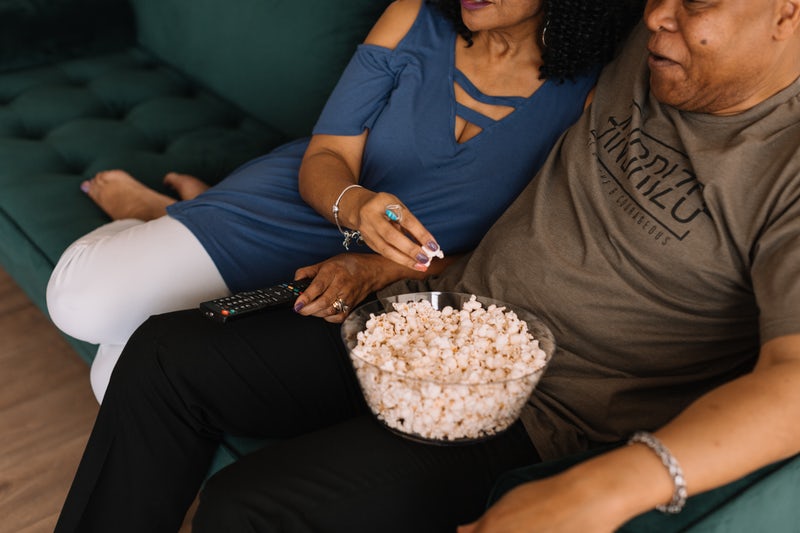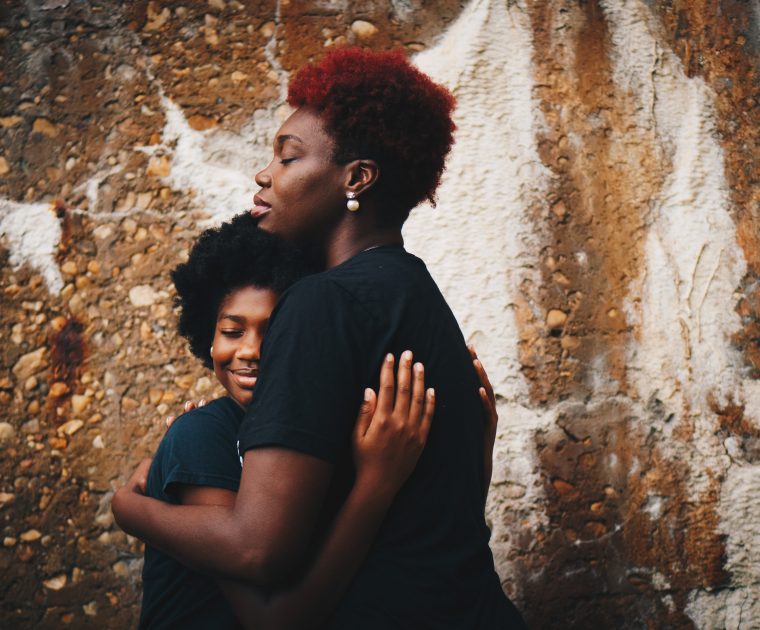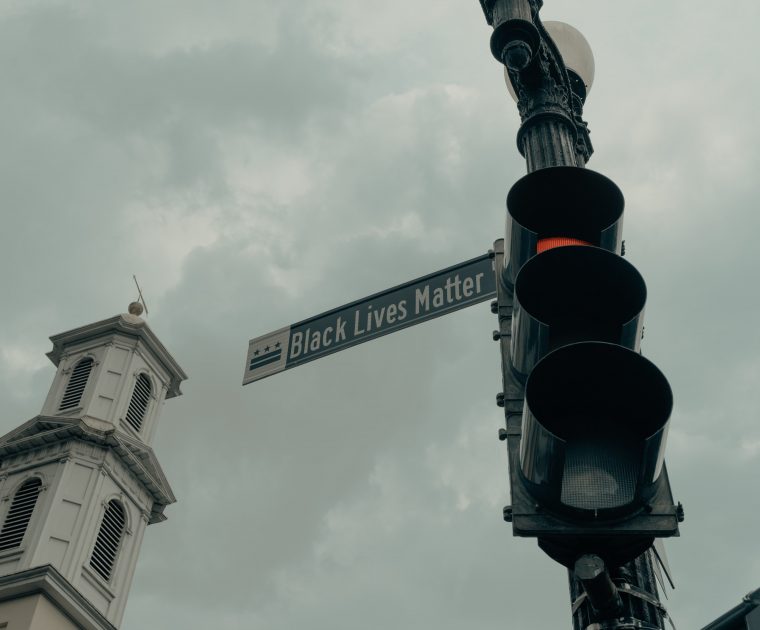As a Black woman, I made a conscious decision a long time ago to stop watching movies about slavery. Just so we are clear, I grew up in a household that mandated knowledge about Black history, including the most disturbing details of the atrocities that many Black people faced in the United States and globally. I attended an HBCU (historically Black college and university) that ensured all students were grounded in African American history. I have read original slave narratives, watched the entire Eyes on the Prize series when it used to air on PBS every February, and teach about the importance of racial socialization for youths. I am not oblivious, nor do I lack a fund a knowledge regarding Black history from a global perspective. I am very aware of the uncensored and unapologetic truths of Black people that need to be told. The story of the Central Park Five, which debuted on Netflix as, When They See Us, is one of many powerful narratives that highlights the injustices encountered by Black and Brown people. Yet, I remain cautious and intentional about my decision to watch.
I am by no means discouraging viewing of the docuseries and subsequent dialogue. In fact, I am implementing it into some of the future collegiate courses I will teach. I am, however, reacting to the many social media posts and reactions I am seeing from various individuals expressing their hurt, grief, anger, outrage, and emotional turmoil after attempting to make it through each episode of the docuseries. I am also a psychologist who studies racial trauma. As such, I felt compelled to document the complexity of what I observe, as well as feel.
My esteemed colleagues and I, first wrote a piece entitled #racialtraumaisreal in 2014. In 2015 we made the deliberate decision to publish our writing with the world as our audience. As psychologists and scholars, we have dedicated previous work to academic journals whose readership may have more limited impact. #racialtraumaisreal was, and is, for the People. As important as it is to acknowledge and validate the social and political experiences of Communities of Color with respect to racism, it is also important to remind ourselves of the need to pause, process, nurture, and heal. For those that will view this very important representation of history, know that Ava Duvernay’s direction and dedication to an emotionally accurate portrayal of this historic case, is just that, accurately emotionally-provoking. This story is one that should cause outrage, justifiably reinforces negative sentiments about a failed justice system, and will likely leave many feeling a range of emotions. A consistent theme I have noted is the reaction of how “difficult” (side note: Imagine living through it) and “necessary” it is to watch. I offer a few suggestions with this in mind:
-
- Be intentional. Plan when you will watch. In adulthood, it can be hard to come by predictable moments of time when you will have time to sit and watch television or stream. That being said, it can be helpful to think about what activities you have planned following your viewing. By way of example, I am often one of the only, if not few, People of Color in my work spaces. I have often found it challenging to watch racially-charged programming and then engage with colleagues in a predominantly White workplace the following day. Although, racial equity is an ideal, it is not a reality. As such, my work days are often peppered with subtle and overt experiences of racial discrimination. Therefore, entering into such a space after enduring racially-stimulating material, it is not in the best interest of my mental health and overall wellness.
- Walk away. You may be dedicated to watching the entire series of episodes. Recognize that you may need to take breaks or come back to it. You may find yourself becoming very upset, angry, or overwhelmed. Give yourself permission to take a break from watching and return, if desired, at a time when you feel ready. By all means, prioritize your emotional health. Your well-being does not always equate to struggling through emotionally overwhelming circumstances. Monitor your emotions. Do a body scan. Check in with yourself or a trusted individual to make decisions about what is best for you. “Everyone else is watching” is not a good enough reason to keep watching if you find your mental health is compromised.
- Know thyself. We all react differently to racially-stimulating content. All of your feelings are valid, and, in the best interest of your emotional and racial well-being, the feelings will need to be acknowledged in some manner. What do you need to cope? Are you a person that likes to internally process, write about it, talk it out, be alone, exercise, or vent? Once you have given this some thought, ask yourself if you will have the adequate space and environment to accommodate your best coping strategy. Will you watch alone? Is your watching partner understanding of your needs? Are your needs similar to or different from your partner’s? How might this affect your ability to acknowledge and decide what space or coping response you may need? It might be a good idea to watch with a friend(s). Perhaps you desire to watch alone and plan time to process with someone after each person has a chance to do so. However you choose to nurture, validate, process (or not), and heal is your choice. There is no one “correct” way. Just know that it is important to do so.
- Do not compromise thyself. Notice what urges you might have to soothe yourself, should you choose to watch. Try not to engage in behaviors that may further compromise your overall health. Too often, it is easy to reach for the sweet or salty comfort food, alcohol, or other substances that may provide momentary calm but lead to potentially long-term negative health habit and consequences. Healing entails remaining mindful of our thoughts and actions to promote wellness. Planning and operating with intent will allow you to create balance and implement choice in how you take care of yourself.
- Know thy “neighbor.” I think it is worth stating that there are just some folks that you may not want to engage in dialogue with about racially-stimulating content. Not everyone, regardless of racial background, has the same knowledge, understanding, or ability to engage in conversations that may be beneficial to you or your needs at a given time. Choose wisely. Additionally, hopefully you have a person or persons in your life who understands you on an intimate level. Alternately, emotionally-charged racial stressors can sometimes cause us to distance ourselves from our close relationships. We may think it best to avoid bringing our unpleasant emotions to others we trust. In this instance, When They See Us is the retelling of a historical trauma that has harmed a community. Connecting with others who understand may be an important source of validation and healing.
- Don’t stop. Regardless of one’s ability to watch When They See Us, the history is real. If you choose not to watch, you can read information about the original case and share the story with others as a necessary part of the racial history of the United States. Such narratives are painfully necessary. If racial equity is to be achieved, the atrocities of racism and its effects on the lives of People of Color must be acknowledged and accepted as US American history. Otherwise, history is selectively forgotten at the expense of the oppressed. In essence, we end up arguably where we are today, facing history circa 1989 that is equally relevant and probable in 2019.




Leave a Reply